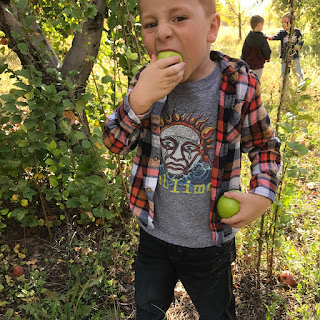Peach Tree Borers are a Problem Worth Facing

Southwest Yard & Garden by Dr. Marisa Thompson Peaches harvested from a four-year old ‘Elberta’ peach tree in Las Cruces (photo credit: M. Thompson). Question: I suspect that my peach tree died of borers a few years ago because when I took it out I found lesions way down low on the trunk, partially buried. I am finally ready to plant a tree and would like to plant a peach, but is it okay to plant in the same spot? - Wayne B., Los Lunas, NM Answer: The greater peach tree borer ( Synanthedon exitiosa ) is known for causing oozing trunk wounds found at ground level or just below the soil line on stone fruit trees. The sap is often clear, but sawdust frass produced by the borer can be mixed in, giving it a darker color. Stone fruits are named for the pit, or “stone,” that encloses the seed; they include peaches, nectarines, pl...



